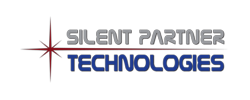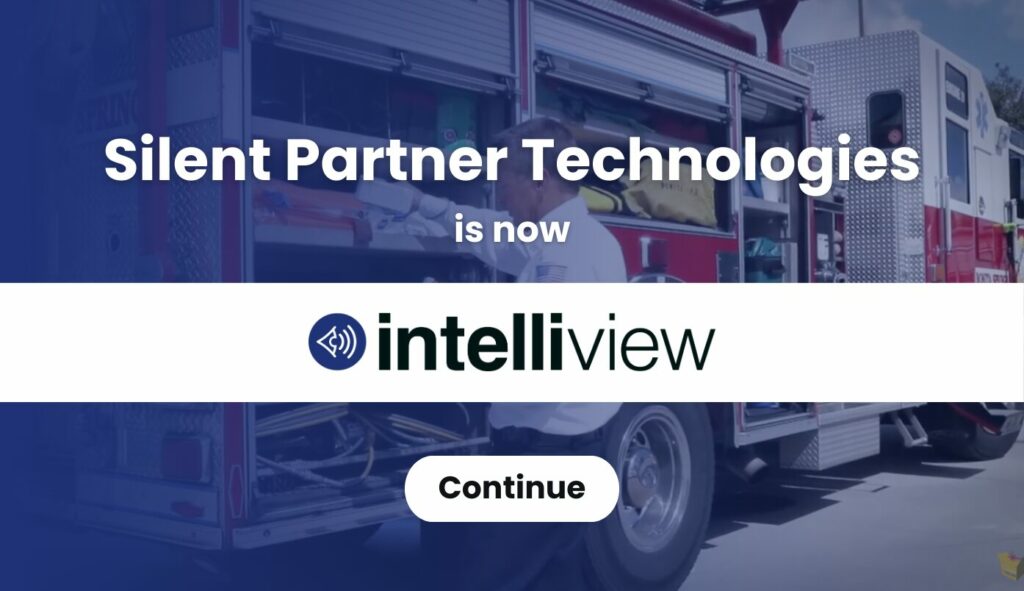Asset Management for Education
Asset Management for Education. Managing assets in a University campus is a labor intensive task. Bar code applications require line of sight to scan asset id. Moving the asset to locate bar code requires physical effort and time. The resource requirements can be further expanded when you realize the University campus can be over 200 acres. This is where technology like the RFID fixed asset tracking system, which does not require line of sight for entering data, scores high. And the best part is, this is the just the basic advantage of using RFID and a C, as it brings along with it other smarter benefits which can save around 40% of the user’s time, effort, and resources.
Avoiding line of sight….. avoids more resources
Using RFID, you avoid the line of sight reading requirement of the bar code system, and this eliminates the need for manually handling each item tracked.
Real time tracking made possible through RFID
This is definitely a huge and exclusive benefit of applying the RFID tagging technique. Unlike bar code systems where physical effort is involved to track the assets, RFID applications gives its users the ease to track these assets on a real time basis just by a few clicks.
Time and resources saved is time and resources earned
The amount of time and resources saved by using RFID technology can be directly applied into managing other core university management activities or just getting the job done faster.
More efficient, faster and effective
Unlike bar code based applications which takes at least a second to read a tag, RFID can read up to multiple tags within a second. This is where you get the real sense of the total time saved when tracking more assets which are spread all over the university campus.


